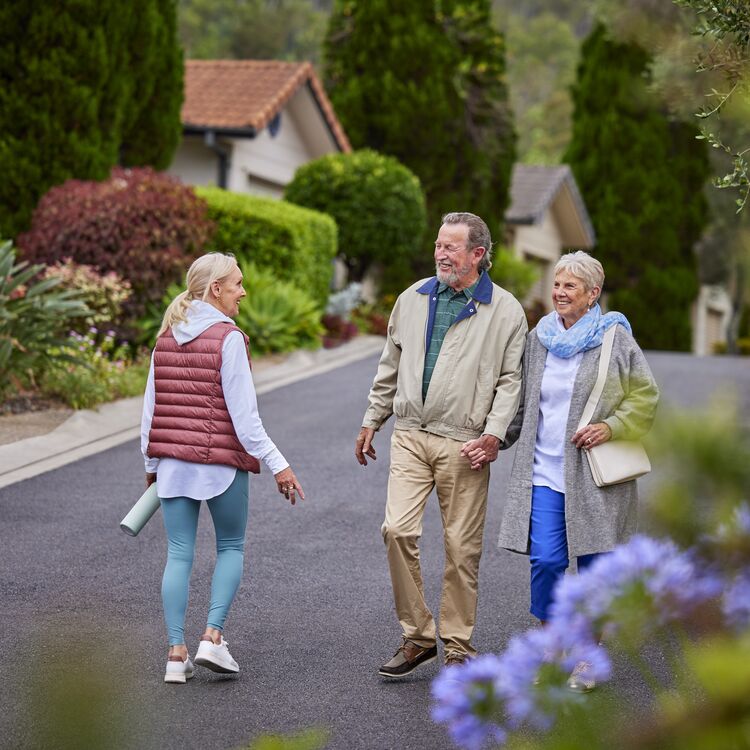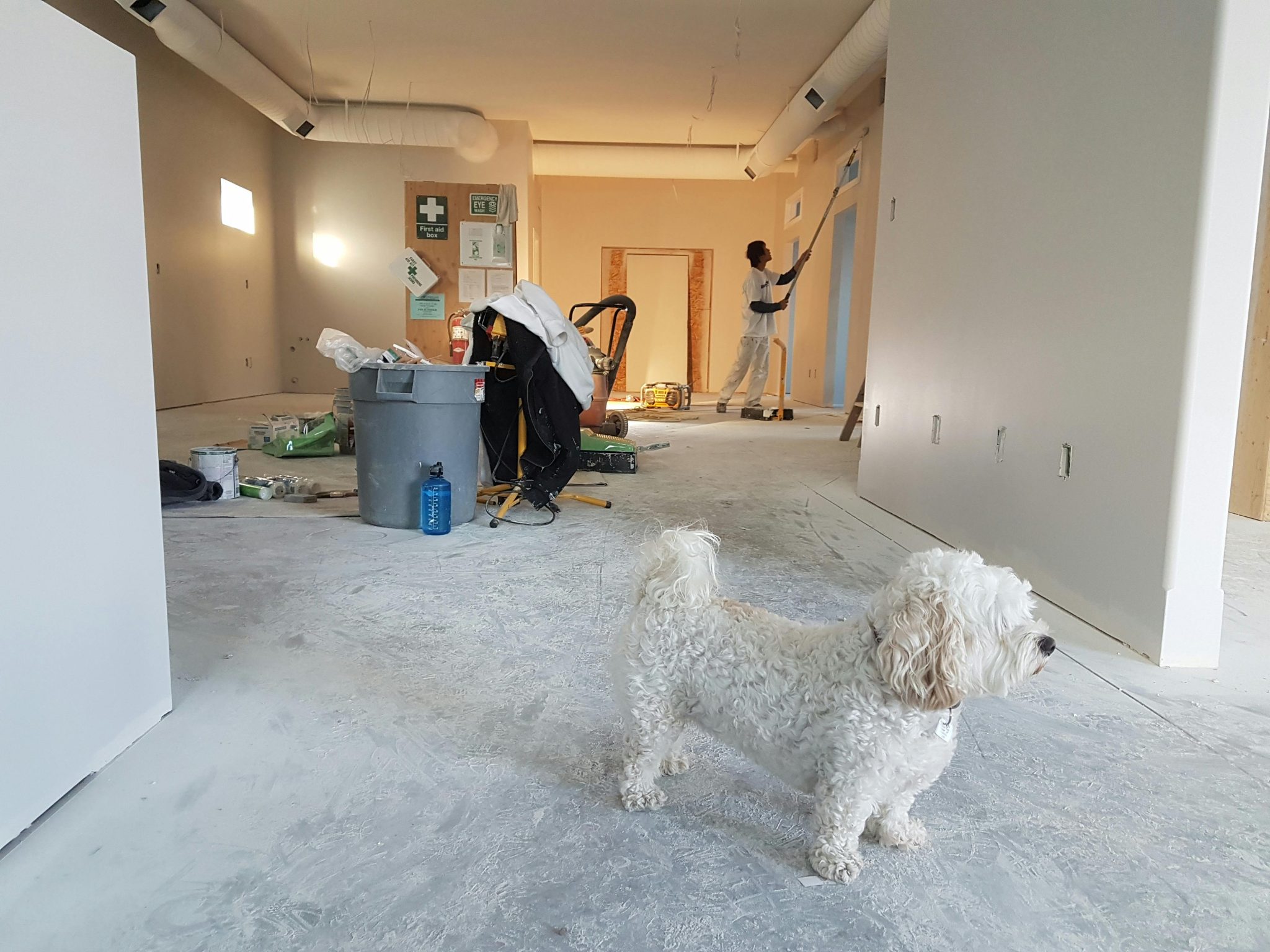Finding Community in Retirement Villages
As people approach the later stages of life, finding a sense of belonging and companionship becomes increasingly important. Retirement villages offer more than just a place to live; they provide an opportunity to become part of a community that supports social connections, engagement, and a fulfilling lifestyle.
These specially designed villages cater to the needs of seniors, offering the perfect blend of independence and community involvement. Whether you’re looking for a new adventure or simply seeking companionship, a retirement village can provide the perfect setting.
This article explores the key aspects of finding community in retirement villages, the benefits they offer, and how to choose the right village for your needs.
The Concept of Community in Retirement Villages
Community is at the heart of every successful retirement village. These villages are designed to foster interaction, engagement, and participation among residents, ensuring that no one feels isolated. The environment in a retirement village encourages seniors to build meaningful relationships, stay active, and enjoy a fulfilling social life.
1. Shared Spaces and Facilities
One of the core elements that promote community in retirement villages is the presence of shared spaces and facilities. These may include gardens, clubhouses, recreational centers, gyms, and swimming pools.
Residents can gather in these spaces to participate in group activities, relax, or simply have a chat with neighbors. Shared spaces play a vital role in creating an environment where social interactions occur naturally, helping to build strong bonds among residents.
2. Social Activities and Clubs
Retirement Villages often host a wide range of social activities and clubs designed to suit diverse interests. Whether you’re interested in book clubs, gardening, fitness classes, art workshops, or cultural events, there are opportunities for every resident to get involved.
Participating in these activities allows seniors to connect with like-minded individuals, foster friendships, and maintain an active lifestyle. Regular events such as movie nights, holiday celebrations, and communal meals further strengthen the sense of community within the village.
3. A Supportive Environment
Beyond socializing, retirement villages provide a supportive environment where residents look out for one another. In many cases, residents form close-knit groups, providing emotional and practical support during difficult times.
This sense of camaraderie helps to combat feelings of loneliness or isolation, which are common among seniors living alone. Having neighbors who understand the challenges of aging and can offer assistance when needed is a significant comfort for many residents.
Benefits of Finding Community in Retirement Villages
1. Improved Mental Health
One of the most significant benefits of being part of a community is the positive impact it has on mental health. Social interaction plays a vital role in reducing feelings of loneliness and depression, which can become more prevalent with age. Studies have shown that seniors who maintain strong social connections experience better mental health outcomes, including lower rates of anxiety and depression.
In a retirement village, the community environment encourages daily interactions, helping residents maintain a sense of purpose and belonging. This is particularly important for those transitioning from busy working lives to retirement, as it provides a new structure for social engagement.
2. Enhanced Physical Wellbeing
Retirement villages often promote an active lifestyle through organized fitness programs, outdoor activities, and access to recreational facilities. Whether it’s morning yoga classes, walking groups, or swimming sessions, there are plenty of opportunities for residents to stay physically active. Physical activity, combined with social engagement, contributes to overall well being, helping seniors stay healthier for longer.
Being part of a community also encourages accountability. When residents participate in group fitness or activity classes, they are more likely to stay committed, knowing they’ll be joining friends and neighbors in staying active.
3. A Sense of Belonging
For many seniors, moving to a retirement village is an opportunity to rediscover a sense of belonging. As people age, it can be challenging to maintain social connections, especially if friends or family live far away. Retirement villages provide a built-in network of peers who are at similar stages in life, making it easier to build lasting friendships.
This sense of belonging is particularly important for mental and emotional health. Feeling connected to a community helps residents feel valued, reducing the risk of loneliness and isolation. Retirement villages foster this sense of connection through shared experiences, regular social events, and an environment where residents can easily engage with one another.
4. Security and Peace of Mind
Living in a retirement village offers residents a heightened sense of security and peace of mind. Many villages are gated or have security personnel, ensuring that the community is safe. This level of security allows residents to live independently while knowing that help is available if needed. Additionally, the presence of a caring and supportive community means that residents can rely on each other in times of need.
This security is not just physical but emotional as well. Being part of a close-knit community provides reassurance, knowing that friends and neighbors are looking out for each other. This sense of mutual care is a cornerstone of life in a retirement village.
Choosing the Right Retirement Village
1. Location
When selecting a retirement village, location is a critical factor. Many people prefer to be close to family, friends, or familiar surroundings. Additionally, consider proximity to healthcare facilities, shopping centers, and recreational activities. It’s essential to choose a location that fits your lifestyle and needs, whether you’re looking for a quiet rural setting or a bustling suburban environment.
2. Community Culture
Every retirement village has its own unique culture. Some may focus on a more active, adventurous lifestyle, while others might prioritize relaxation and quiet living. Visit several villages to get a feel for the community atmosphere and see which one resonates with you. Talk to current residents and attend social events if possible to understand the dynamics of the village.
3. Available Amenities
Evaluate the amenities and services offered by the retirement village. Consider what is important to you, whether it’s access to fitness facilities, social clubs, or healthcare support. The right retirement village should offer a range of activities and services that match your preferences and enhance your quality of life.
4. Cost
Cost is an important factor to consider when choosing a retirement village. Be sure to understand the pricing structure, including any ongoing fees for maintenance, amenities, and healthcare services. It’s essential to find a community that fits within your budget while still providing the lifestyle and services you desire.
Find Community in Retirement Villages
Retirement villages offer more than just a place to live; they provide a thriving community where residents can build meaningful relationships, stay active, and enjoy their golden years. By choosing the right retirement village, you can find a supportive, engaging environment that enhances your quality of life.
From improved mental and physical wellbeing to a sense of security and belonging, the benefits of finding community in retirement villages are numerous. Embrace the opportunity to enjoy this new chapter of life in a vibrant, caring community.







